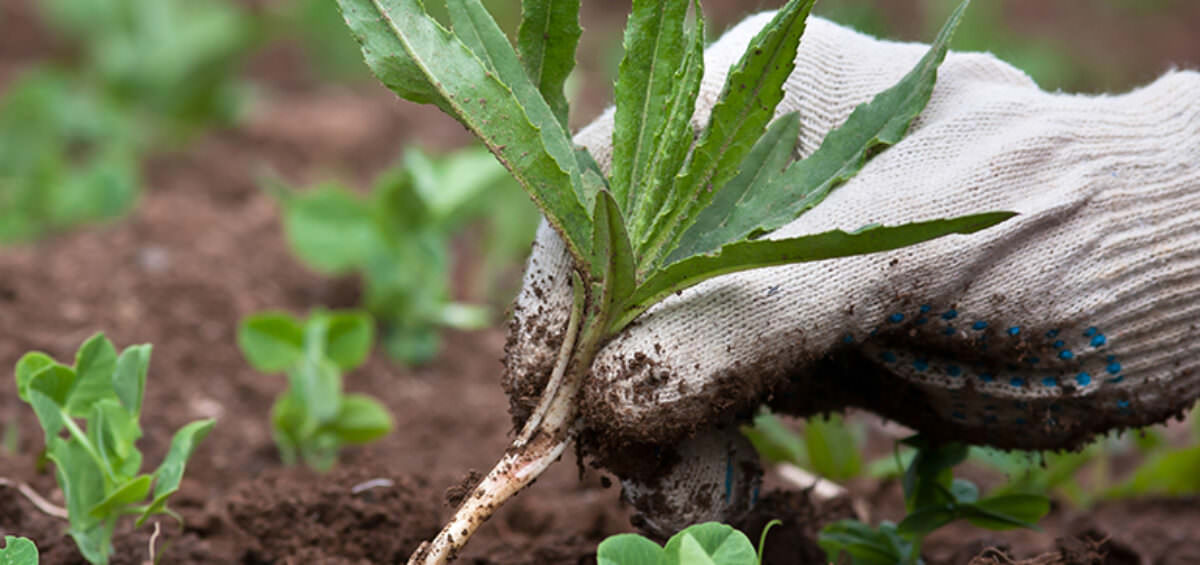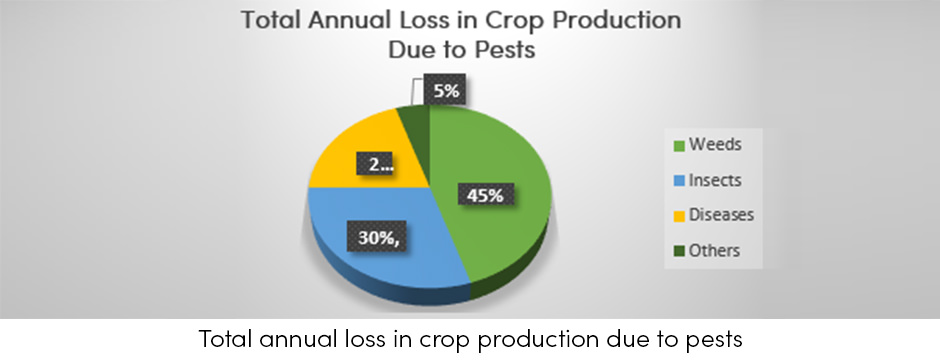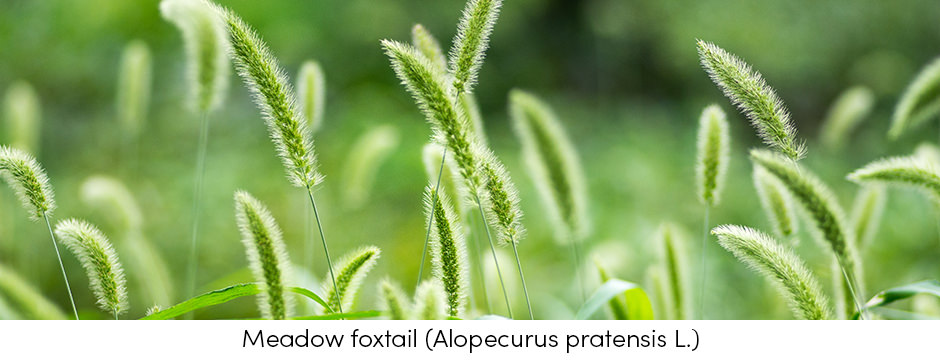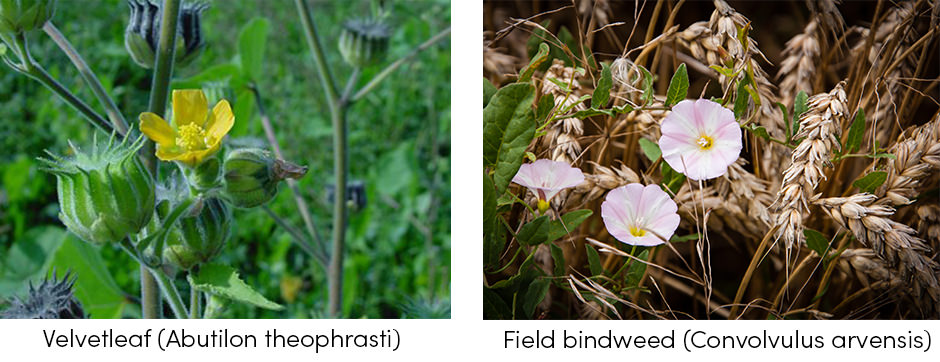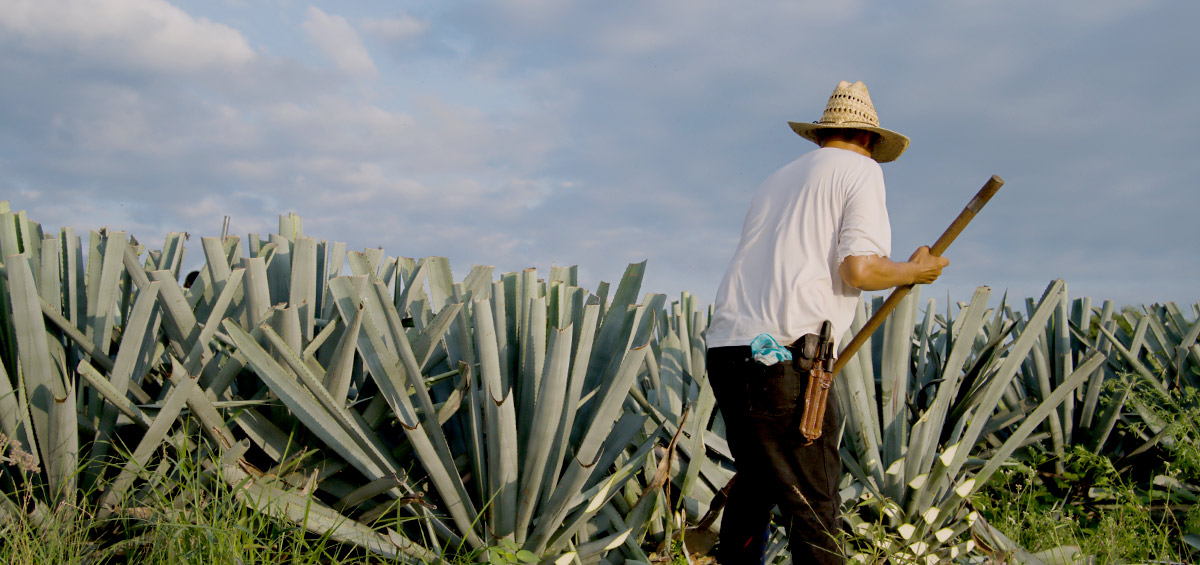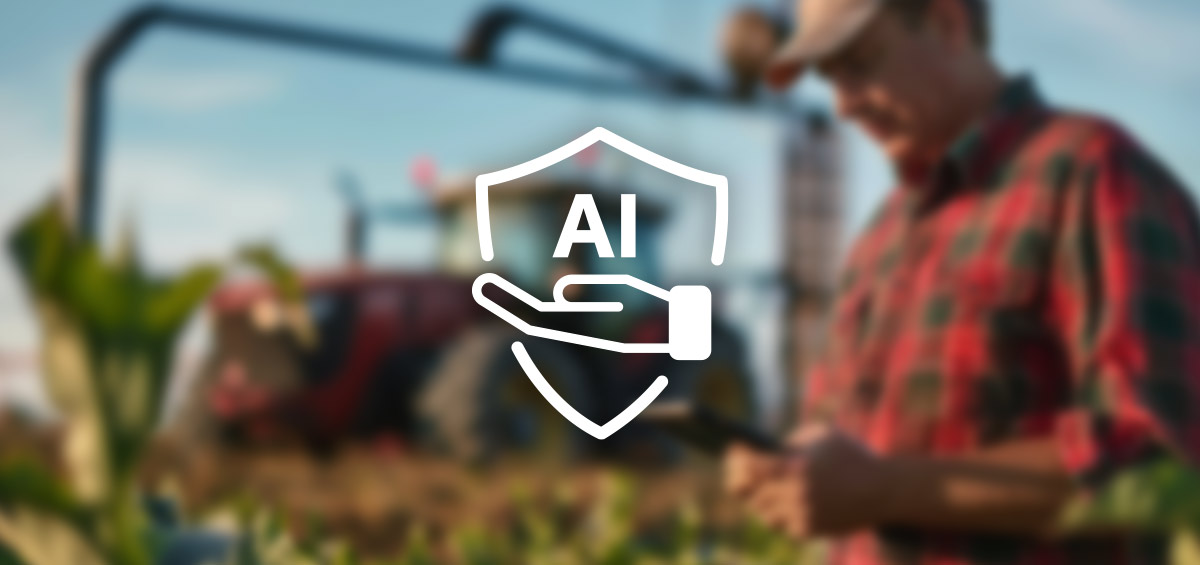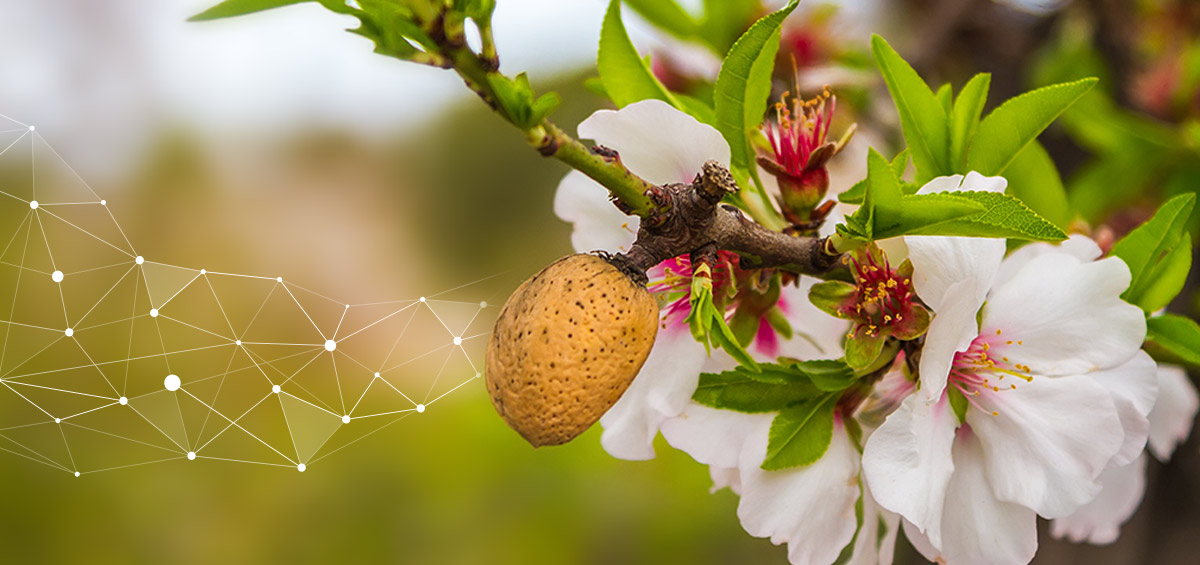There are few places on Earth that are without weeds. In other words, weeds represent a serious challenge to every crop production. Theoretically, a weed is every undesirable plant that competes with crops for nutrients, water, soil, or sunlight. Moreover, weeds are often host plants for various diseases, insects, or nematodes that may pose a potential threat to crops. Additionally, some species of weeds cause allergies, such as Common ragweed (Ambrosia artemisiifolia, elatior).
As serious competitors to crop production, weeds may cause yield losses of up to 45%. This is a huge percentage when comparing it with the average yield losses caused by other pests (insects, diseases, and others). The total annual loss in crop production caused by different pests, including weeds, is shown in the chart below.
Not only do weeds cause significant damage to the crops by reducing the yields and quality, they are also a problem in many other areas, such as industrial and traffic.
How Do Weeds Differ?
Weeds can be classified according to their life cycle:
- Annual; germinate and develop within one year, like Chickweed (Stellaria media)
- Biennial; life-cycle lasts for two years, producing leaves in the first year and flowering in the second year, like the Bull thistle (Cirsium vulgare)
- Perennial; very competitive weeds that live for many years; they usually flower every year, like the Common dandelion (Taraxacum officinale)
Others ways to classify weeds are based on the type of their leaves:
- Broadleaf weeds, like Field bindweed (Convolvulus arvensis)
- Narrow-leaf weeds, such as Meadow foxtail (Alopecurus pratensis).
Of course, broadleaf weeds and narrow-leaf weeds are also classified according to their life-cycle (annual, biennial, perennial).
Top Three Terrifying Weed Species
Numerous plants are considered weeds. However, there are three that are considered to be the most important weed species due to the headache they cause many farmers throughout the world:
- Common ragweed (Ambrosia artemisiifolia, elatior); are very adaptable, annual narrow-leaf weed that produces a large number of seeds which can remain viable in the soil for 40 years or more; is a very serious plant competitor, common ragweed has a strong root system, as well as dense above-ground mass; yield damage can be catastrophic, in some cases whole crop productions may be destroyed; due to its allergenic pollen, common ragweed also causes serious health problems for humans.
- Field bindweed (Convolvulus arvensis); perennial broadleaf that is widespread throughout the world; it grows rapidly and spreads from both seed and extensive underground horizontal stems (rhizomes); the seeds can remain in the soil for 20 years and rhizomes easily produce new shoots, therefore it’s very difficult to control the Field bindweed.
- Velvetleaf (Abutilon theophrasti); annual broadleaf self-pollinated weed; because of its tall growth it’s a serious light competitor; seeds remain viable in the soil for 50-60 years.
How to Manage Weeds?
Weeds are present during the entire crop development cycle. However, there are critical growth stages when weed competition may be extremely harmful to the crop. In order to avoid serious yield losses, it’s essential to carefully manage weeds that occur in the critical crop development stages.
The choice of weed management practices depends on the type of crop production. Organic farmers usually rely on preventive measures such as practicing crop rotation, growing cover crops, or clearing farm equipment of weed seeds. Furthermore, organic farmers are allowed to use physical measures such as removing the weeds from the field by practicing manual or machinery weeding. Cultural weed management measures are also a recommended farm practice. This involves the selection of crop varieties, selection of planting date, and adaptation of row spacing.
Conventional farmers are able to use chemical defense measures, together with the aforementioned preventive, physical, and cultural measures. Chemicals used for weed control are called herbicides.
According to the time of herbicide application, there are two types that can be used:
- Pre-emergence herbicides interrupt the process of weed germination before the sprouts emerge from the soil
- Post-emergence herbicides affect weeds after their germination.
Regardless of the type of crop production, it’s extremely important to ensure proper weed management. An additional recommendation is to practice regular scouting for weeds. After all, getting the right information from the field is vital to successful farm management.
Text sources: TNAU || CABI: Ambrosia artemisiifolia || CABI: Convolvulus arvensis
Image sources: Eat The Weeds
